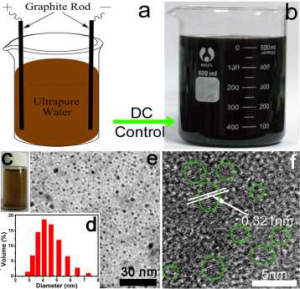This month sees the following articles in Dalton Transactions that are in the top ten most accessed:-
Copper (I) complexes with bipyridyl and phosphine ligands: a systematic study
Inmaculada Andrés-Tomé , John Fyson , Fernando Baiao Dias , Andy P. Monkman , Giuliano Iacobellis and Paolo Coppo Dalton Trans., 2012,41, 8669-8674 DOI: 10.1039/C2DT30698K
Recent progress in the synthesis of inorganic nanoparticles
C. N. R. Rao , H. S. S. Ramakrishna Matte , Rakesh Voggu and A. Govindaraj
Dalton Trans., 2012,41, 5089-5120 DOI: 10.1039/C2DT12266A
Cycloruthenated Sensitizers: Improving the Dye-Sensitized Solar Cell with Classical Inorganic Chemistry Principles
Kiyoshi C. D. Robson , Paolo G. Bomben and Curtis P. Berlinguette
Dalton Trans., 2012,41, 7814-7829 DOI: 10.1039/C2DT30825H
Epitaxial growth and electrochemical properties of Li4Ti5O12 thin-film lithium battery anodes
Masaaki Hirayama , Kyungsu Kim , Takeshi Toujigamori , Woosuk Cho and Ryoji Kanno
Dalton Trans., 2011,40, 2882-2887 DOI: 10.1039/C0DT01477J
Aluminum complexes of the redox-active [ONO] pincer ligand
Géza Szigethy and Alan F. Heyduk
Dalton Trans., 2012,41, 8144-8152 DOI: 10.1039/C2DT30295K
Transition Metal Complexes Meet the Rylenes
Felix N. Castellano
Dalton Trans., 2012,41, 8493-8501 DOI: 10.1039/C2DT30765K
Nothing frustrating about “Frustrated Lewis pairs”
Douglas W. Stephan
Dalton Trans., 2012,41, 9015-9015 DOI: 10.1039/C2DT90093A
Synthesis of Electroactive Multinuclear Dipyrrinato Complexes and Fe(III) Assisted Formation of ?-Alkoxy Substituted 5-Ferrocenyldipyrromethenes
Rakesh Kumar Gupta , Rampal Pandey , Sanjeev Sharma and Daya Shankar Pandey
Dalton Trans., 2012,41, 8556-8566 DOI: 10.1039/C2DT30212H
Charge-Transfer Guest Interactions in Luminescent MOFs: Implications for Solid-state Temperature and Environmental Sensing
Patrick L. Feng , Kirsty Leong and Mark D. Allendorf
Dalton Trans., 2012,41, 8869-8877 DOI: 10.1039/C2DT30649B
Why Nature chose Mn for the Water Oxidase in Photosystem II
Ron J. Pace , Rob Stranger and Simon Petrie
Dalton Trans., 2012,41, 7179-7189 DOI: 10.1039/C2DT30185G
Why not take a look at the articles today and blog your thoughts and comments below.
Fancy submitting an article to Dalton Transactions? Then why not submit to us today or alternatively email us your suggestions.













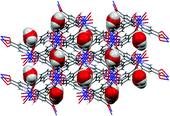
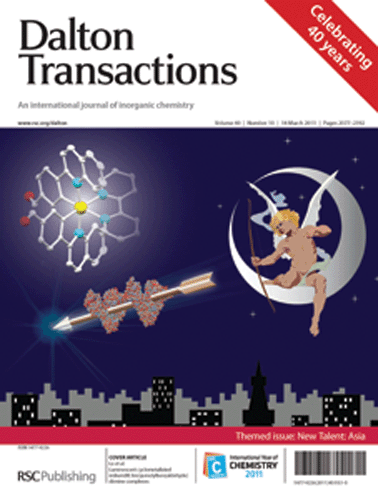
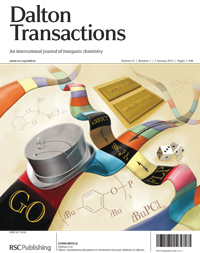
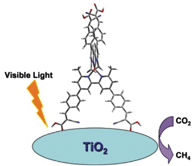 Photochemical reduction of greenhouse gas, carbon dioxide into higher energy content fuels is attractive because it utilises a renewable energy source – the sun. Most catalysts that are already used for this process (TiO2 and metallic clusters based on Cu, Pt and Rh) need ultraviolet light for excitation and have a low conversion efficiency, prohibiting wide scale industrial application.
Photochemical reduction of greenhouse gas, carbon dioxide into higher energy content fuels is attractive because it utilises a renewable energy source – the sun. Most catalysts that are already used for this process (TiO2 and metallic clusters based on Cu, Pt and Rh) need ultraviolet light for excitation and have a low conversion efficiency, prohibiting wide scale industrial application. 